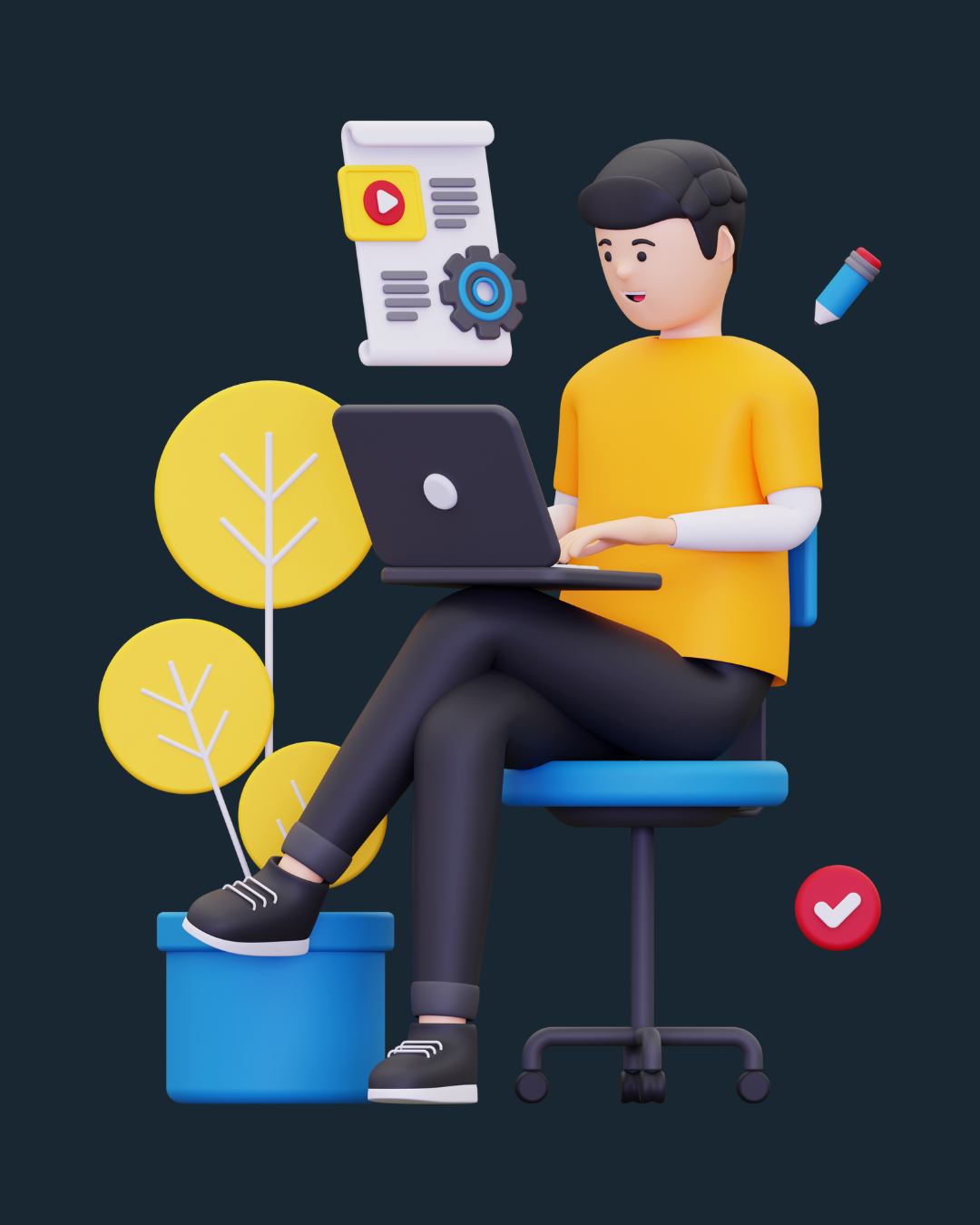12 SEO Checklist Items to Optimize Your Shopify Blog Like a Pro

If you're a Shopify merchant, you've probably heard a thousand times that SEO is crucial for your store's success. But let's be honest - between managing inventory, handling customer service, and running your marketing campaigns, who has the time to become an SEO expert? I've worked with hundreds of Shopify merchants, and the story is always the same: they know SEO matters, but the technical details feel overwhelming.
Here's the thing: you don't need to be an SEO guru to improve your store's visibility. What you need is a practical, actionable checklist that guides you through the essential elements of SEO optimization. Let's break down these elements and then show you how to automate the entire process.
The Crucial Elements of Shopify SEO: Your Complete Checklist
Before we dive into automation solutions, let's explore what actually matters for your store's SEO. I'm not talking about complex technical jargon - these are practical elements that directly impact your visibility in search results.
1. Heading Hierarchy: Building Your Content's Foundation
Think of your content's heading structure like a well-organized store layout. Just as you wouldn't put clearance items at your store entrance, your heading hierarchy needs to guide visitors logically through your content.
Here's what really matters:
Your H1 (main title) is like your store's signage - you only need one, and it should clearly tell visitors what they'll find. Many Shopify merchants make the mistake of using multiple H1 tags, which confuses both visitors and search engines.
For example, if you're selling organic skincare products, instead of a vague H1 like "Our Products," use something specific like "Natural Face Serums for Sensitive Skin."
Pro Tips:
- Place your most important keyword naturally in your H1
- Keep your main title between 20-70 characters
- Make sure your H1 matches the search intent of your target audience
Real-World Example:
Bad H1: "Welcome to Our Store"
Good H1: "Handcrafted Leather Wallets: Artisan-Made in Portland"
2. Strategic Heading Distribution: Creating a Content Flow That Converts
Your subheadings (H2s and H3s) are like department signs in your store - they should help customers find exactly what they're looking for. But here's where most Shopify blogs go wrong: they either stuff their content with too many headings or use them randomly without any logical structure.
Smart heading distribution looks like this:
H2s: Main sections of your content
- "The Benefits of Natural Face Serums"
- "How to Choose the Right Serum for Your Skin Type"
- "Application Tips for Maximum Results"
H3s: Specific points under each section
- Under "Benefits":
- "Immediate Hydration and Glow"
- "Long-term Anti-aging Effects"
- "Compatibility with Other Products"
Power Tips:
- Use H2s to break your content into scannable sections
- Keep subheadings informative but concise
- Maintain a clear hierarchy - never skip levels
- Include relevant keywords naturally, not forcefully
3. Heading Length Optimization: Making Every Word Count
Gone are the days of keyword-stuffed, mile-long headings. Modern SEO rewards clarity and precision. Your headings should be like good product labels - clear, concise, and informative.
The Sweet Spot for Heading Lengths:
- H1: 20-70 characters (ideal: 50-60)
- H2: 20-60 characters (ideal: 40-50)
- H3: 20-50 characters (ideal: 30-40)
But length isn't everything. Here's what really matters:
✓ Front-load important information
✓ Include your target keyword naturally
✓ Make it compelling for readers
✓ Ensure it accurately describes the content that follows
Common Mistakes to Avoid:
- Keyword stuffing (e.g., "Best Organic Serum Best Natural Serum Best Face Serum")
- Vague headings (e.g., "More Information")
- Overly clever headings that don't clearly convey the content
4. Table of Contents: Your Content's GPS
Ever walked into a large department store without directory signs? Frustrating, right? That's your content without a table of contents. But here's the kicker - a well-structured table of contents doesn't just help visitors navigate; it can actually help you snag those coveted featured snippets in Google search results.
Key Benefits You're Missing Without a TOC:
- Quick navigation for mobile users (which is probably most of your traffic)
- Better chance of getting featured snippets
- Lower bounce rates as readers find relevant sections easily
- Improved crawler understanding of your content structure
Implementation Tips:
- Place it near the top, after your introduction
- Keep it clickable for easy navigation
- Include all major sections (H2s)
- Consider adding H3s for longer content
- Use descriptive section names
5. Internal Linking: Creating Your Content Web
Think of internal links as the aisles in your store - they should guide visitors naturally to related products and information. But here's where most Shopify stores miss out: they either overlook internal linking entirely or do it so randomly that it hurts rather than helps.
Smart Internal Linking Strategy:
- Link to relevant product pages from your blog posts
- Connect related blog posts to each other
- Use descriptive anchor text (not "click here")
- Prioritize your most important pages
- Keep links relevant and valuable to the reader
Real-World Example:
Poor anchor text: "Click here to see our face serums." Better anchor text: "Our vitamin C face serum helps reduce fine lines and dark spots."
6. External Linking: Building Trust Through Authority
External links are like expert endorsements for your content. But not all external links are created equal. You want to link to trusted sources that enhance your content's value, not random sites that could hurt your credibility.
Best Practices for External Linking:
- Link to recognized authorities in your industry
- Choose recent, up-to-date sources
- Make sure links open in new tabs
- Keep external links relevant to your content
- Don't overdo it - 2-3 quality external links per 1,000 words is plenty
7. Link Health: Maintaining Your Site's Infrastructure
Broken links are like having "Out of Order" signs all over your store - they frustrate visitors and damage your credibility. But checking every link manually? That's a nightmare no busy merchant has time for.
Critical Link Health Factors:
- Regular checks for 404 errors
- Monitoring external link validity
- Updating old internal links
- Fixing redirect chains
- Checking mobile link functionality
8. Image Optimization: Visual Appeal Meets Technical Excellence
Images sell products, but poorly optimized images can kill your site's performance. It's like having beautiful store displays that take forever to set up - customers won't wait around.
Essential Image Optimization Checklist:
- Compress images without quality loss
- Use descriptive file names
- Choose the right format (JPG for photos, PNG for graphics)
- Implement responsive images for mobile
- Optimize thumbnails separately
Pro Tip: A good rule of thumb is keeping product images under 200KB while maintaining quality.
9. Alt Text: Making Your Images Work Harder
Alt text is like having a salesperson describe your products when the lights go out - it needs to be accurate, helpful, and natural. But here's the twist: good alt text helps both accessibility and SEO.
Alt Text Best Practices:
- Be descriptive but concise
- Include target keywords naturally
- Avoid keyword stuffing
- Describe the image's purpose
- Keep it under 125 characters
Example:
Poor alt text: "face serum product image natural organic"
Good alt text: "Vitamin C face serum in glass dropper bottle with organic rosehip extract"
10. Meta Title Optimization: Your First Impression in Search Results
Your meta title is like your store's window display - it needs to grab attention and accurately represent what's inside. You have seconds to convince someone to click.
Meta Title Formula That Works:
Primary Keyword | Secondary Keyword | Brand Name (if space allows)
Example:
"Organic Face Serums | Natural Anti-Aging Skincare | EcoGlow"
Pro Tips:
- Keep it under 60 characters
- Put important keywords first
- Include your brand name when possible
- Make it compelling and accurate
11. Meta Description: Your Search Result Sales Pitch
Think of your meta description as your elevator pitch in search results. You have about 155-160 characters to convince someone to click through to your site.
Winning Meta Description Formula:
[Problem/Need] + [Solution] + [Unique Value Prop] + [Call to Action]
Example:
"Tired of dull, aging skin? Our organic face serums deliver visible results in 4 weeks. Made with premium botanicals. Shop our dermatologist - approved collection today!"
12. URL Structure: Creating Clear Digital Pathways
Your URLs should be like clear store aisle markers - helping both customers and search engines find what they're looking for.
URL Best Practices:
- Keep them short and descriptive
- Use hyphens between words
- Include your main keyword
- Avoid unnecessary parameters
- Make them human-readable
Example:
Poor URL: youstore.com/p=123?id=456
Good URL: yourstore.com/skincare/vitamin-c-serum
The Reality Check: Manual vs. Automated SEO
Now, let's be honest. Implementing all these elements manually for every piece of content is a massive undertaking. Even if you understand every point above, the time investment required to check and optimize each element would be overwhelming.
This is where smart automation comes in.
Explore StoreBlog: Your SEO Autopilot
StoreBlog transforms this comprehensive checklist into an automated system that works while you focus on running your business. Instead of spending hours checking heading structures, optimizing images, and crafting meta descriptions, StoreBlog handles it all automatically.
How It Works:
- Install StoreBlog from the Shopify App Store
- Let it analyze your existing content
- Receive automated optimization suggestions
- Implement changes with one click
- Create new content with built-in SEO guidance
The best part? You don't need to memorize or manually check any of the elements we discussed above. StoreBlog monitors them automatically and alerts you when something needs attention.
Taking Action: Your Next Steps
- Review your current content against this checklist
- Identify your biggest SEO gaps
- Consider how much time you spend on manual SEO tasks
- Try StoreBlog to automate your SEO optimization
Final Thoughts: SEO Doesn't Have to Be Hard
Remember, the goal isn't to become an SEO expert - it's to grow your business through better search visibility. While understanding these SEO elements is valuable, spending hours implementing them manually isn't the best use of your time as a merchant.
Ready to transform your approach to Shopify SEO? Install StoreBlog from the Shopify App Store and turn this comprehensive checklist into an automated system that works for you. Focus on what you do best - running your business - while StoreBlog handles the technical details of SEO optimization.
Your future customers are searching for your products right now. Make sure they can find you.





